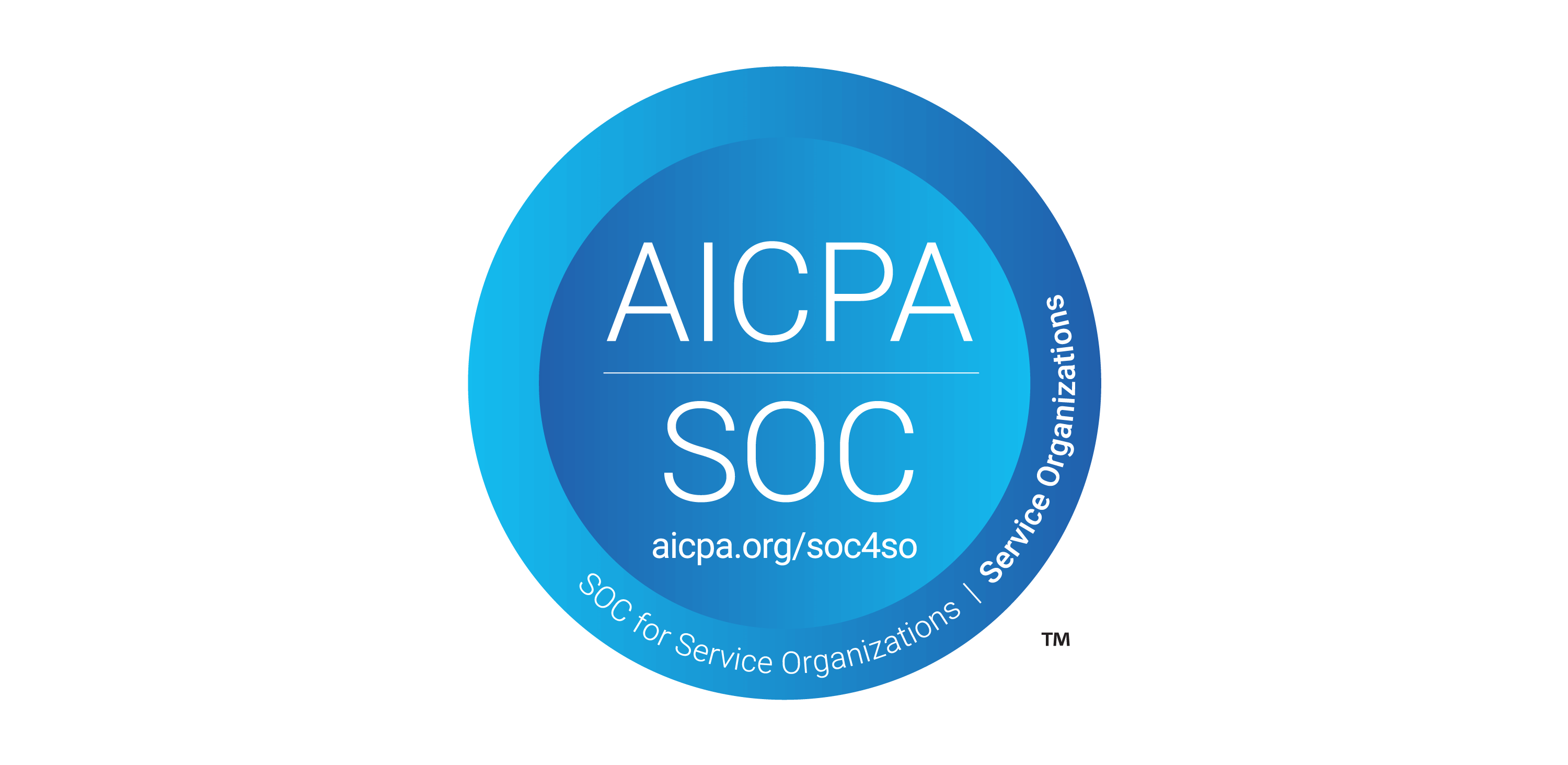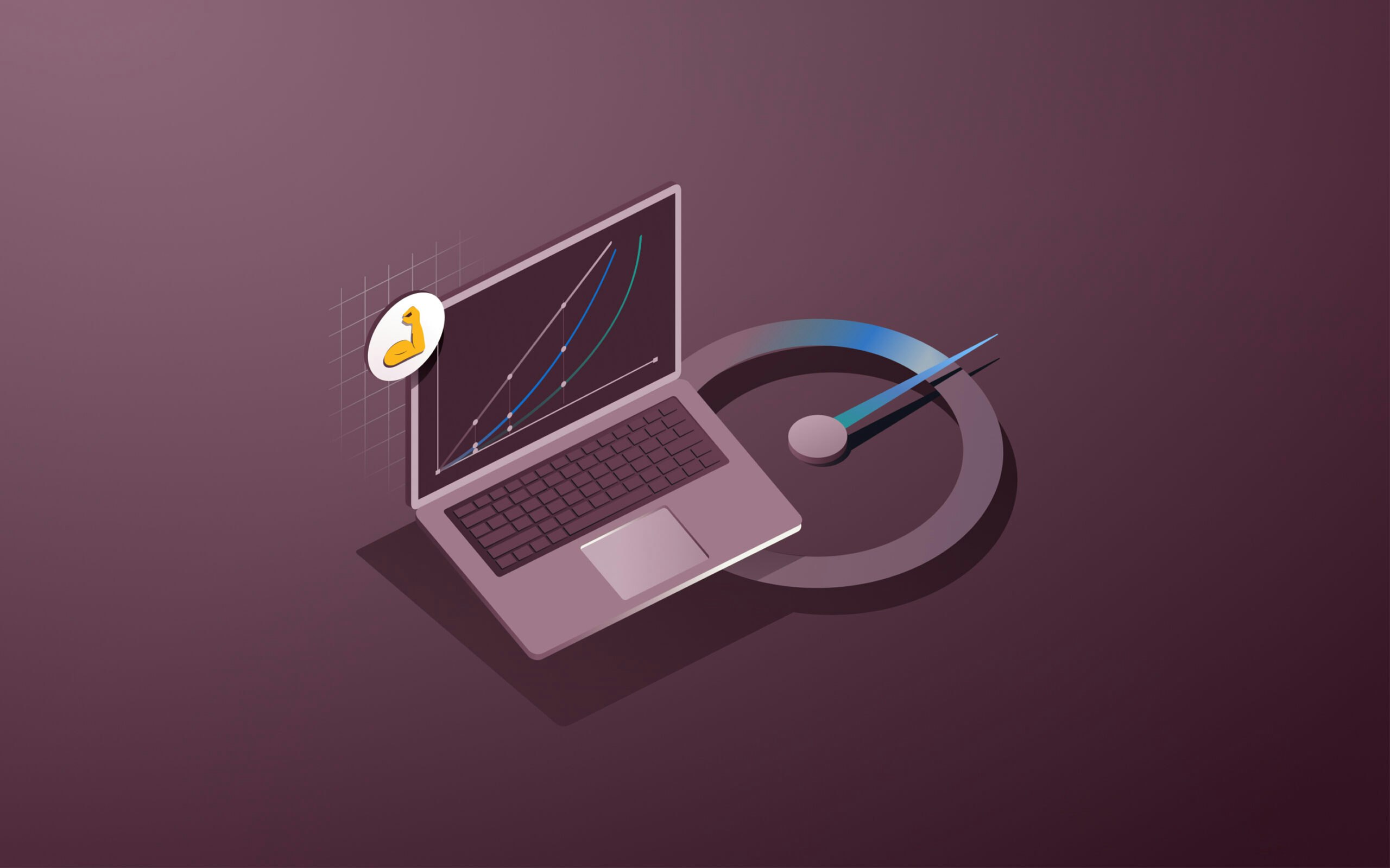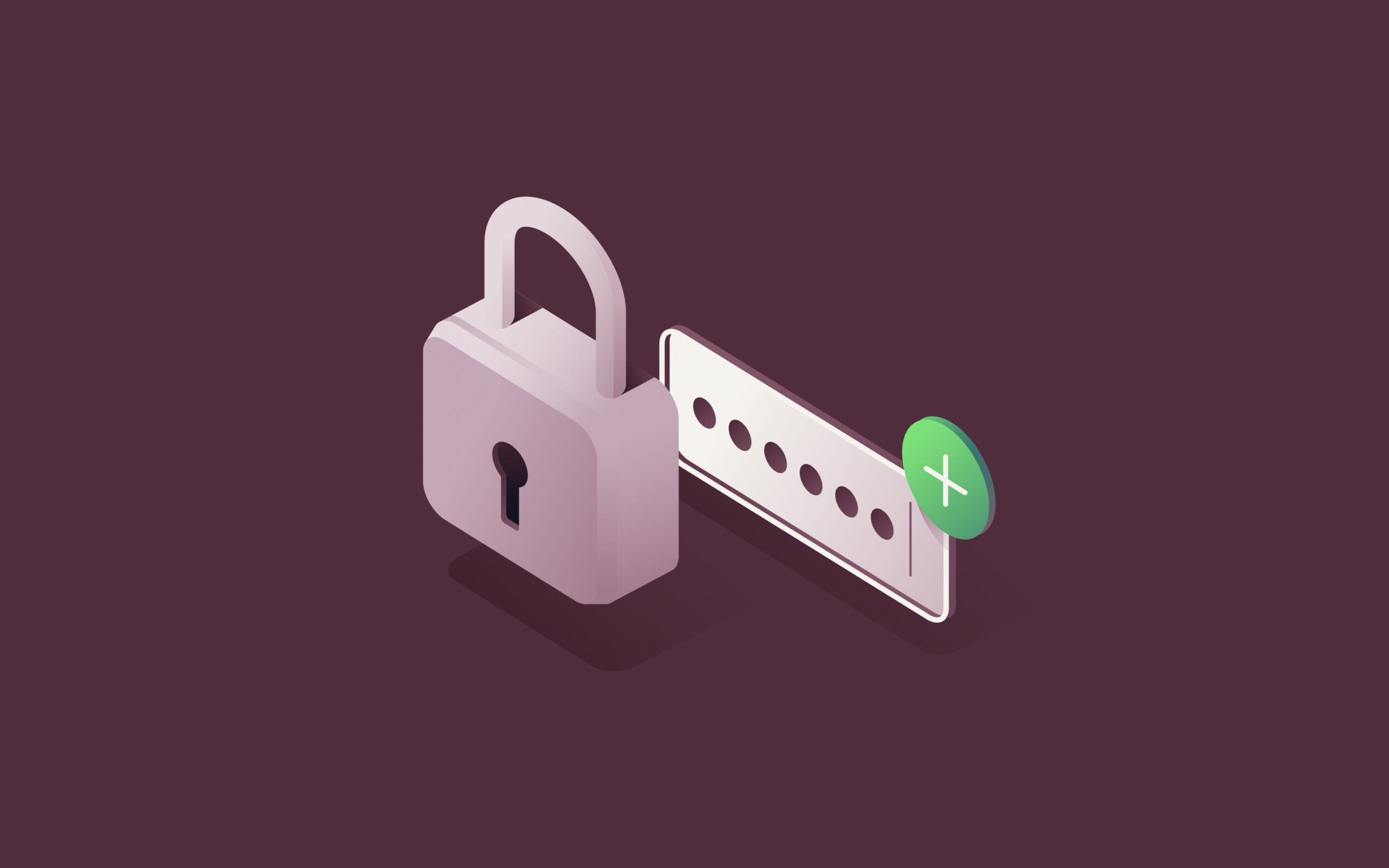SOC 2 compliance: A step-by-step guide to prepare for your audit
Key Takeaways
- SOC 2 is a cybersecurity compliance framework that ensures service organizations protect their customers' data based on five Trust Services Criteria: Security, Availability, Processing Integrity, Confidentiality, and Privacy.
- Preparing for a SOC 2 audit involves identifying the report type, defining scope, conducting assessments, remediating gaps, choosing an auditor, and maintaining continuous monitoring.
- Common pitfalls to avoid during SOC 2 preparation include underestimating the effort involved, failing to assign clear roles and responsibilities, poor communication with the auditor, and treating the audit as a checkbox exercise.
SOC 2 compliance is a standard established by the American Institute of Certified Public Accountants (AICPA) specifically for service organizations. This applies to SaaS companies, cloud service providers, IT managed services firms—basically, anyone who provides services to other businesses and handles their data.
The objective is to ensure that these organizations have implemented the necessary measures and protocols to guarantee the security, confidentiality, and integrity of their clients' information. Becoming SOC 2 compliant demonstrates to your customers that you prioritize the security of their data. It can give you a competitive edge in your industry and may even be a make-or-break requirement for some clients.
However, achieving SOC 2 compliance can be a complex and daunting process, especially for organizations navigating it for the first time. This guide aims to walk you through the process of preparing for a SOC 2 audit without getting overwhelmed by breaking it down into clear, actionable steps.
What are the SOC 2 compliance requirements?
SOC 2 is based on five Trust Services Criteria (TSC) including Security (common criteria), Availability, Processing Integrity, Confidentiality, and Privacy. To be SOC 2 compliant, you need to demonstrate that you have policies, procedures, and controls in place that address the relevant criteria for your specific services.
Not every organization needs to meet all five criteria. While the Security criterion is mandatory, the other four criteria are included based on relevance to the organization's business and services provided.
For example, if your organization deals with sensitive medical data, you'll want to prioritize the Privacy criterion to comply with regulations and ethical standards protecting patient personally identifiable information (PII). Alternatively, if you're a cloud storage provider, the Availability criterion will be a top priority to ensure your clients can access their stored data whenever needed. Each organization should evaluate its specific circumstances to identify the most relevant trust principles for its operations.
Why is SOC 2 compliance important?
Achieving SOC 2 compliance shows that an organization is serious about maintaining strong information security practices and ensuring data protection. This certification instills trust in current clients and stakeholders while providing a competitive edge when pursuing new business opportunities. Moreover, SOC 2 requirements often overlap with other frameworks, like ISO 27001 and HIPAA, which allows organizations to efficiently address multiple security and compliance standards simultaneously.
When an organization is SOC 2 compliant, it means they've improved their risk management processes and made their operations more efficient. This proactive approach helps reduce the likelihood of a data breach, which can have severe consequences for an organization's reputation and bottom line.
SOC 2 compliance checklist: How to prepare for a SOC 2 audit in 7 steps
Getting ready for a SOC 2 audit might seem overwhelming, but it's easier when you break it down into smaller, manageable tasks. The following checklist outlines the main steps you should take to prepare for your SOC 2 audit.
1. Identify the type of SOC report needed
The first step in preparing for a SOC 2 audit is to determine whether you require a Type I report or Type II report. While both reports assess your controls, they differ in scope and evaluation period:
- A SOC 2 Type 1 report is like a snapshot that assesses the design of your controls at a specific point in time.
- A SOC 2 Type 2 report, on the other hand, evaluates both the design and operating effectiveness of your controls over a period of time (typically 6-12 months).
So, how do you decide which one you need? It comes down to a few factors. First, consider your organization's specific requirements. What do you need to achieve with SOC 2 compliance? Are you looking to demonstrate your commitment to security best practices, or do you need to meet specific contractual obligations? Next, think about what your clients expect. Have they explicitly requested a Type 1 or Type 2 report? Some clients may be satisfied with a point-in-time assessment, while others may want to see that your security controls are effective over the long haul.
Finally, consider your timeline. A Type 1 report can be completed relatively quickly, while a Type 2 report takes more time since it covers a longer period. It's important to understand your motivations for pursuing SOC 2 compliance. This will inform a lot of decisions down the line, like the scope of your audit, the resources you'll need to allocate, and your overall timeline.
2. Define the scope of your audit
Once you have identified the type of report needed, the next step is to define the scope of your audit. This involves determining which of the five TSC are relevant to your organization and the services you provide, based on your clients’ expectations and the nature of your business.
It's essential to strike a balance between the comprehensiveness of your audit scope and the associated costs and effort required. Work closely with an experienced auditor to define a scope that meets your business objectives while remaining feasible within your organization's constraints.
3. Conduct an internal risk assessment
Before diving into the audit process, conduct an internal risk assessment to identify, document, and prioritize business-specific risks.
Examples of such risks include unauthorized access to customer data stored on your servers, system downtime due to hardware failure or network issues, and non-compliance with relevant laws and regulations. Rank each risk based on two factors: the likelihood of it occurring and the potential impact if it does occur. You can then use this information to develop and implement appropriate risk mitigation measures.
4. Undergo readiness assessments
Before you bring in an auditor for the official SOC 2 audit, it's a good idea to gauge your readiness. This is where a pre-audit assessment, also known as a readiness assessment, comes in handy. In a readiness assessment, an independent auditor will take a look at your current IT environment and evaluate how well it aligns with the SOC 2 requirements.
They'll focus on key areas like:
- Your client operations
- Potential gaps in your controls
- Your metrics and documentation
- Security policies and procedures
- Access controls and more.
The benefit of a readiness assessment is that it gives you a chance to identify and address any weaknesses before the actual audit. It's like a practice run. You can use the results of the assessment to make necessary improvements and increase your chances of a successful audit.
5. Perform gap analysis and remediation
Take a close look at your existing security policies and controls. Compare them against the SOC 2 requirements for your specific audit scope. Are there any gaps? Are there areas where you're falling short? If you identify any gaps, it's time for remediation.
This is where you'll make necessary updates and improvements to close those gaps. It might involve tweaking your workflows, revising your policies, or implementing stage-appropriate controls.
The key here is to be thorough and methodical. You want to make sure you're addressing all the necessary requirements and that your controls are appropriate for your stage of development.
6. Choosing the right auditor and preparing for the audit process
After thorough preparation, it's time to undergo the SOC 2 audit by an independent, AICPA-certified auditor. Choose an auditor with expertise in your industry, as their understanding can significantly impact the audit process and outcome. Consider their experience auditing similar businesses, communication style, and level of support throughout the compliance journey.
During the audit, the auditor will ask for evidence and documentation related to various aspects of your organization's controls. Be prepared to provide clear and concise evidence to support your responses to their inquiries. The more organized and thorough your documentation, the smoother the audit process will be. Once the audit is complete, the auditor will provide you with a comprehensive audit report detailing their findings and any recommendations for improvement.
7. Continuous monitoring and maintenance
SOC 2 compliance is an ongoing commitment, not a one-time event. After you receive your initial attestation, it's crucial that you continue to monitor and maintain the processes and controls you put in place. This means regularly reviewing your policies and testing your controls periodically to make sure they're operating as intended by staying vigilant and addressing any issues that arise.
Common pitfalls to avoid when preparing for a SOC 2 audit
We've talked about what you should do to prepare for a SOC 2 audit. Now let's talk about some common challenges organizations face during the process and how to navigate them successfully to ensure a smooth and effective SOC 2 compliance journey.
- Underestimating the effort involved: SOC 2 compliance is not a small undertaking. It requires significant time, resources, and commitment from your entire organization. Don't make the mistake of thinking you can handle it off the side of your desk. Dedicate the necessary resources from the start.
- Failing to assign clear roles and responsibilities: SOC 2 compliance is a team effort. Everyone needs to understand their part in the process. Make sure you clearly define and communicate roles and responsibilities to avoid confusion and ensure accountability.
- Not communicating clearly with your auditor: Your auditor is your partner in this process. Don't leave them in the dark. Communicate openly and frequently, and be responsive to their requests and questions. The more you collaborate, the smoother the audit will go.
- Treating the audit as a checkbox exercise: SOC 2 compliance isn't just about passing an audit. It's about embedding security and privacy into your company culture. Don't approach it as a one-off project. Use it as an opportunity to make meaningful improvements to your processes and controls.
Leveraging your SOC 2 report in marketing and sales efforts
Once you've made it through your SOC 2 audit and have that attestation report in hand, use it wisely. Share the report with the right people, like clients, business partners, and potential customers, to show them you're serious about information security and to build their trust in your services. But be careful to follow any confidentiality rules your auditor lays out and only share the report with people who are authorized to see it.
Don't be shy about using your SOC 2 certification to your advantage in your marketing and sales efforts. Highlight it on your website, in your sales materials, and when you're talking to clients to set yourself apart from the competition and attract clients who prioritize data security.

Best practices for a successful SOC 2 audit
We've covered a lot of ground in this guide, but let's explore some of the key best practices for a successful SOC 2 audit:
- Get buy-in from leadership and ensure alignment with business objectives. SOC 2 compliance needs to be a top-down priority.
- Foster a culture of security and privacy throughout your organization. Everyone needs to be on board, not just your IT team.
- Document everything. The more thorough and organized your policies, procedures, and controls are, the smoother your audit will go.
- Regularly assess risks, identify and mitigate vulnerabilities, and manage potential security incidents as part of an ongoing risk management process.
- Communicate early and often with your auditor. Be transparent about your processes and willing to take feedback and guidance from your auditor's expertise.
- Approach the audit with a growth mindset. Use it as an opportunity to learn and improve, not just a hoop to jump through. Embrace any findings or recommendations from your auditor as a chance to strengthen your security posture.
How Rippling helps with SOC 2 compliance
SOC 2 compliance can be a complex and time-consuming process, but Rippling's comprehensive IT management software simplifies it by automating many of the necessary controls and streamlining evidence collection. Rippling acts as an always-up-to-date system of record for employee data, helping companies to easily demonstrate compliance with SOC 2 standards around access management, device security, and more.
For example, Rippling's identity and access management software automatically disables employee access to all company systems upon termination and enables remote laptop locking and wiping, ensuring that sensitive data remains secure. It also maintains detailed logs of these events, making audit preparation a breeze.
Moreover, Rippling's wide range of products, spanning HR, IT, and finance, are designed with SOC 2 compliance in mind. From enforcing strong password policies and 2FA to providing automated background checks and maintaining a real-time inventory of employee devices, Rippling helps companies meet SOC 2 requirements across the board. Onboarding, offboarding, app provisioning, and device management processes can all be automated through Rippling, ensuring a consistent and auditable compliance posture.
Frequently asked questions
How do you know if you're ready for a SOC 2 compliance audit?
You're ready for a SOC 2 audit if you've clearly defined your audit scope and objectives, conducted a risk assessment and gap analysis, implemented policies and controls to address identified risks, engaged an AICPA-certified auditor, and have comprehensive documentation to support your compliance efforts. A readiness assessment can help gauge your preparedness if you're not sure you’re ready.
What's the difference between SOC 1, SOC 2, and SOC 3?
SOC 1, SOC 2, and SOC 3 are different types of System and Organization Controls (SOC) reports that assess the effectiveness of a service organization's controls. SOC 1 focuses on internal controls over financial reporting (ICFR) and is relevant to the user entities' financial statements. SOC 2 examines controls related to Security, Availability, Processing Integrity, Confidentiality, and Privacy, based on the American Institute of CPAs Trust Services Criteria. SOC 3 is similar to SOC 2 but provides a shorter, less detailed report that can be freely distributed and used for marketing purposes.
What are SOC 2 standard controls?
SOC 2 standard controls are a set of policies, procedures, and practices that an organization must implement to meet the Trust Services Criteria. These controls cover areas such as access control, system monitoring, firewall and configuration management, change management, risk assessment, and incident response. The specific controls required will depend on the scope of the audit and the relevant trust principle being assessed. Examples of standard controls include multi-factor authentication, role-based access control, data encryption, employee background checks, and regular security awareness training.
Schedule a demo with Rippling IT today
Disclaimer: Rippling and its affiliates do not provide tax, accounting, or legal advice. This material has been prepared for informational purposes only, and is not intended to provide or be relied on for tax, accounting, or legal advice. You should consult your own tax, accounting, and legal advisors before engaging in any related activities or transactions.






